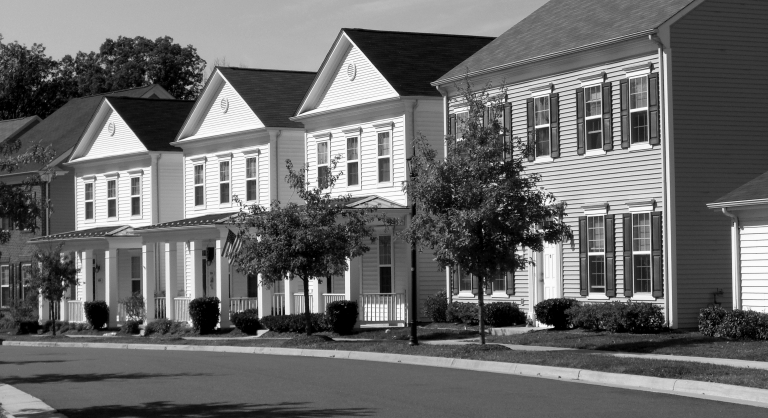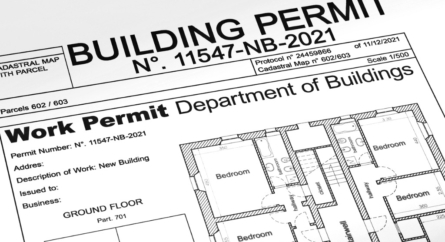Supreme Judicial Court Case Addresses When Homeowners Need Variances
In Bellalta v. Zoning Board of Appeals of Brookline, 481 Mass. 372 (2019), the Supreme Judicial Court confirmed that M.G.L. c. 40A, § 6 does not require a homeowner of a single- or two-family residence to obtain a variance even when increasing a legally preexisting nonconformity. The case focused on what is commonly referred to as the “second except clause” of M.G.L. c. 40A, § 6, which provides, in relevant part:
[1] Except as hereinafter provided, a zoning ordinance or by-law shall not apply to structures or uses lawfully in existence or lawfully begun, . . . but shall apply to any change or substantial extension of such use, . . . to any reconstruction, extension or structural change of such structure and . . . to provide for its use for a substantially different purpose or for the same purpose in a substantially different manner or to a substantially greater extent [2] except where alteration, reconstruction, extension or structural change to a single or two-family residential structure does not increase the nonconforming nature of said structure. (Emphasis Added).
In Bellalta, the owners of a two-family residence sought to add a dormer to the house. The house was located on an undersized lot and was already legally preexisting nonconforming with respect to the Town of Brookline Zoning Bylaws’ (“Bylaws”) floor area ratio (FAR) requirements. Since the addition of the dormer would increase the nonconformity, the homeowners applied to the Town of Brookline Zoning Board of Appeals (Board) for a special permit.
The Board determined that the increase in the preexisting nonconforming structure would not be substantially more detrimental to the neighborhood. Neighbors appealed, arguing that the dormer (i) would be substantially more detrimental to the neighborhood, but also (ii) a variance was required to increase the nonconformity.
The SJC rejected both arguments and confirmed that if a nonconforming single- and two-family structure is altered but the nonconformity is not increased, then project is permitted by-right. However, if the nonconformity is increased, the clause only requires that the “not substantially more detrimental finding” be made, and that the statute does not require a special permit or variance (unlike a situation where the structure is not a single- or two-family residence).
The plaintiffs also argued that even if the statute did not require a variance, the Brookline Bylaws did not allow for the increase in the nonconformity absent a variance. The SJC rejected this argument as well, holding that M.G.L. c. 40A, § 6 sets the minimum threshold for protection given to properties and structures. The SJC held that because a zoning bylaw cannot provide lesser protections to legally preexisting nonconforming structures than those provided by the statute, therefore because the statute does not require a variance, a zoning bylaw may not do so either.
Categorized: Construction, Housing, Zoning
Tagged In: Massachusetts Supreme Judicial Court, variance, zoning, zoning bylaws











